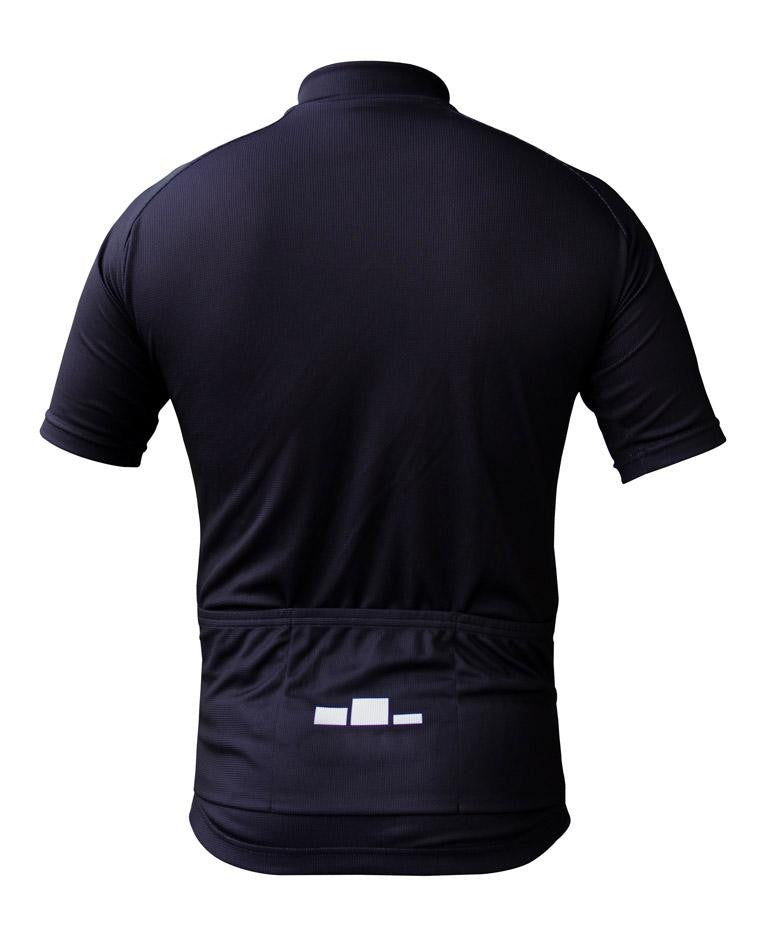
Top 6 Differences between Carbon and Aluminum Frames
Difference #1: Price
All things being equal, a carbon frame is going to cost more. Yes, you might be able to get a carbon frame from Alibaba for cheap but there really is no comparison to something imported directly to the USA from Taiwan and something purchased from a reputable brand.
So, one could say that Aluminum wins in the bargain department. But you need to make up your mind about what is valuable.
Difference #2: Comfort
Carbon, all else being equal, is more comfortable than Aluminum. There is a reason even aluminum bikes use carbon forks. And high-end saddles use carbon rails.
Difference #3: Stiffness
Stiffness is one of those things that becomes noticeable when it comes to power transfer. You may look back to Tour de France videos of yesteryear to see the riders on frames that seemed small for their height. This is because they would size down those old alloy frames to make them less "noodley."
In the stiffness department, carbon wins out.
Difference #4 : Weight
Carbon in terms of weight wins out here. If you were to create a bike with the same rigidity, a carbon bike will weigh less than an aluminum bike.
Difference #5: Durability
In this department, Aluminum might be the winner. A big difference between aluminum and carbon is that when a carbon bike is overstressed, it will crack and require costly repairs. This may in some cases yield catastrophic results. Do a google search of "catastrophic carbon failure" and you'll know what I mean. Aluminum, on the other hand, may "yield" where carbon would crack.
Difference #5: Looks
I think Carbon wins here but your personal opinion may differ. The thing about carbon is that it can be molded in any which way. Aluminum faces difference constraints, however, and has a more limited range of designs. So given the absolute flexibility of how a carbon bike can be designed, the ole carbon frame takes the win here.











